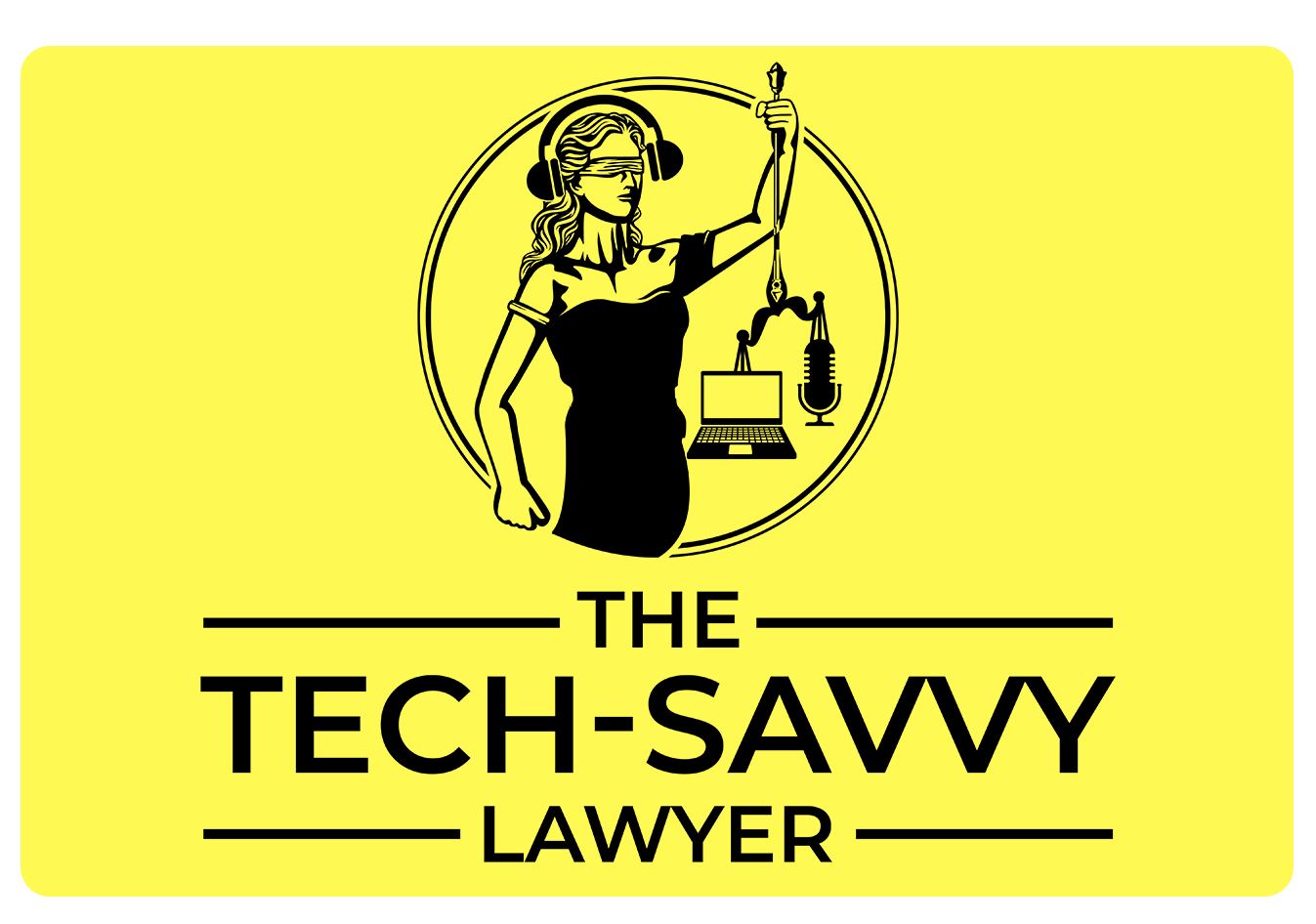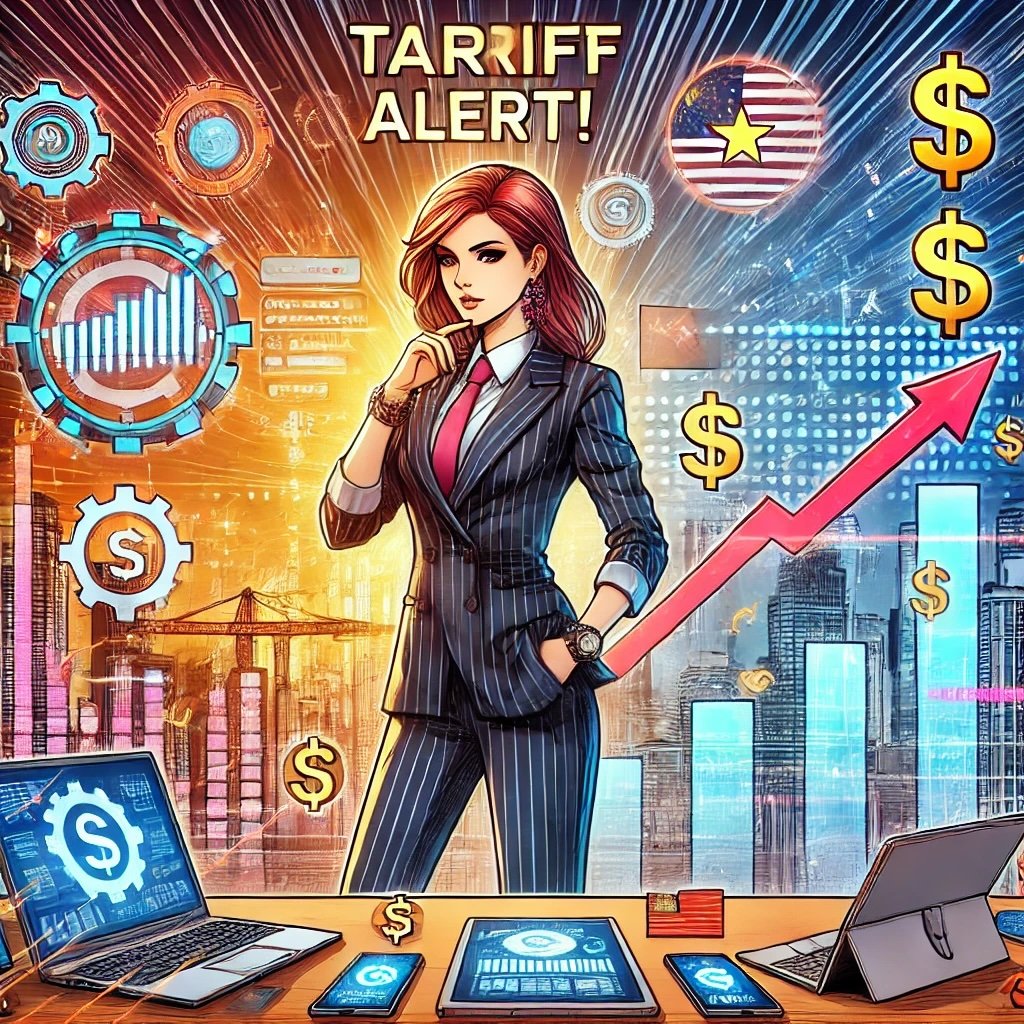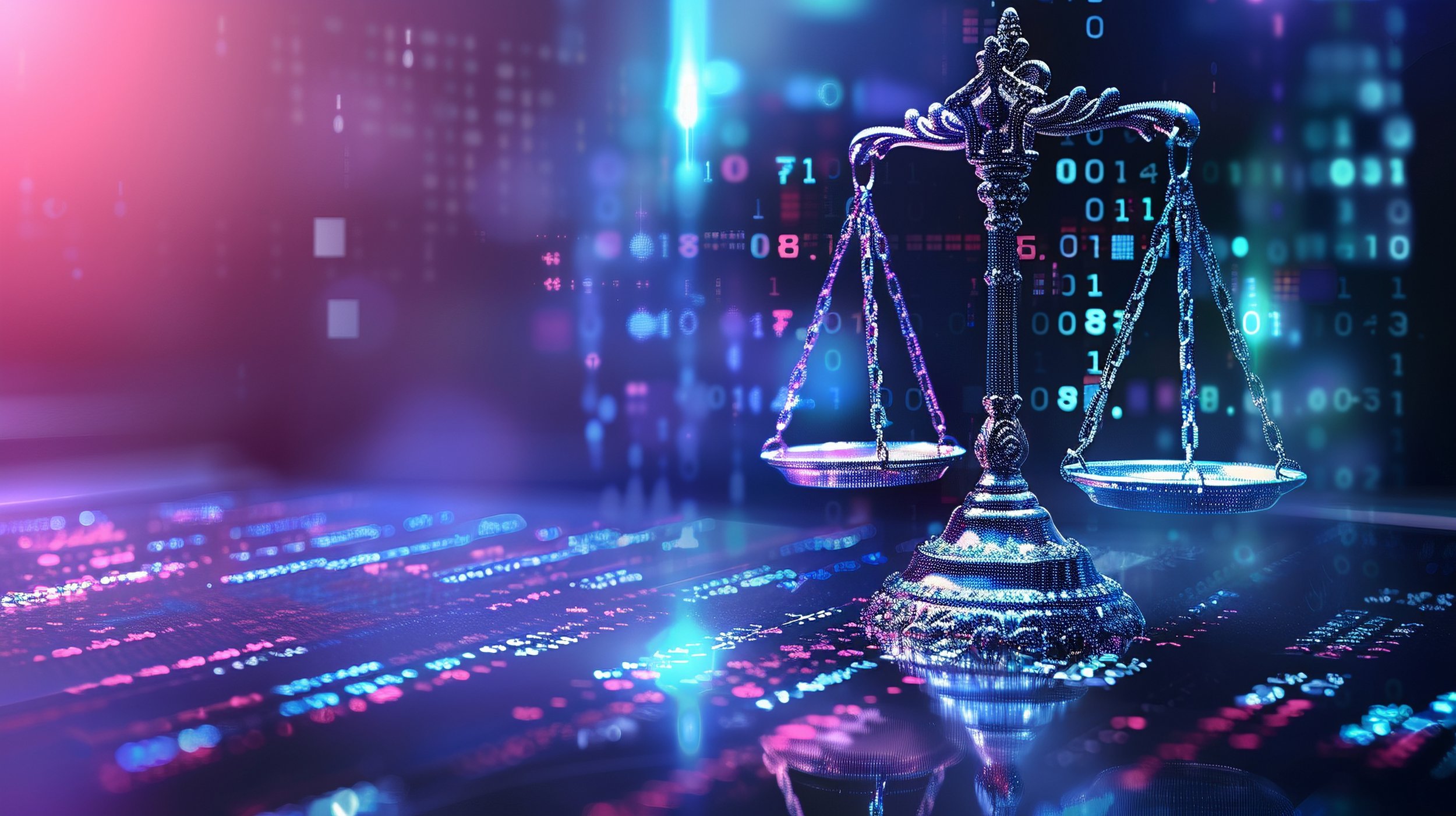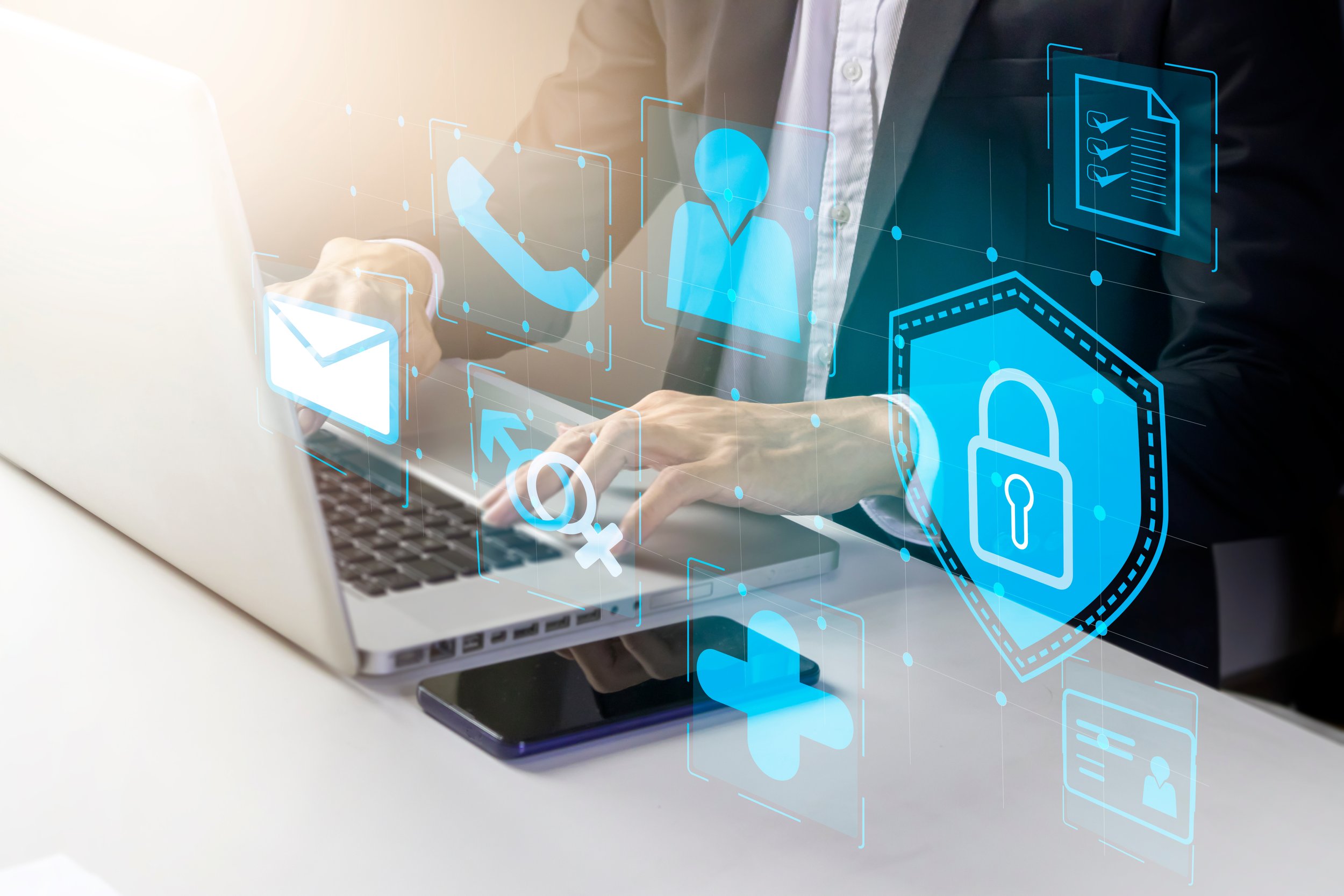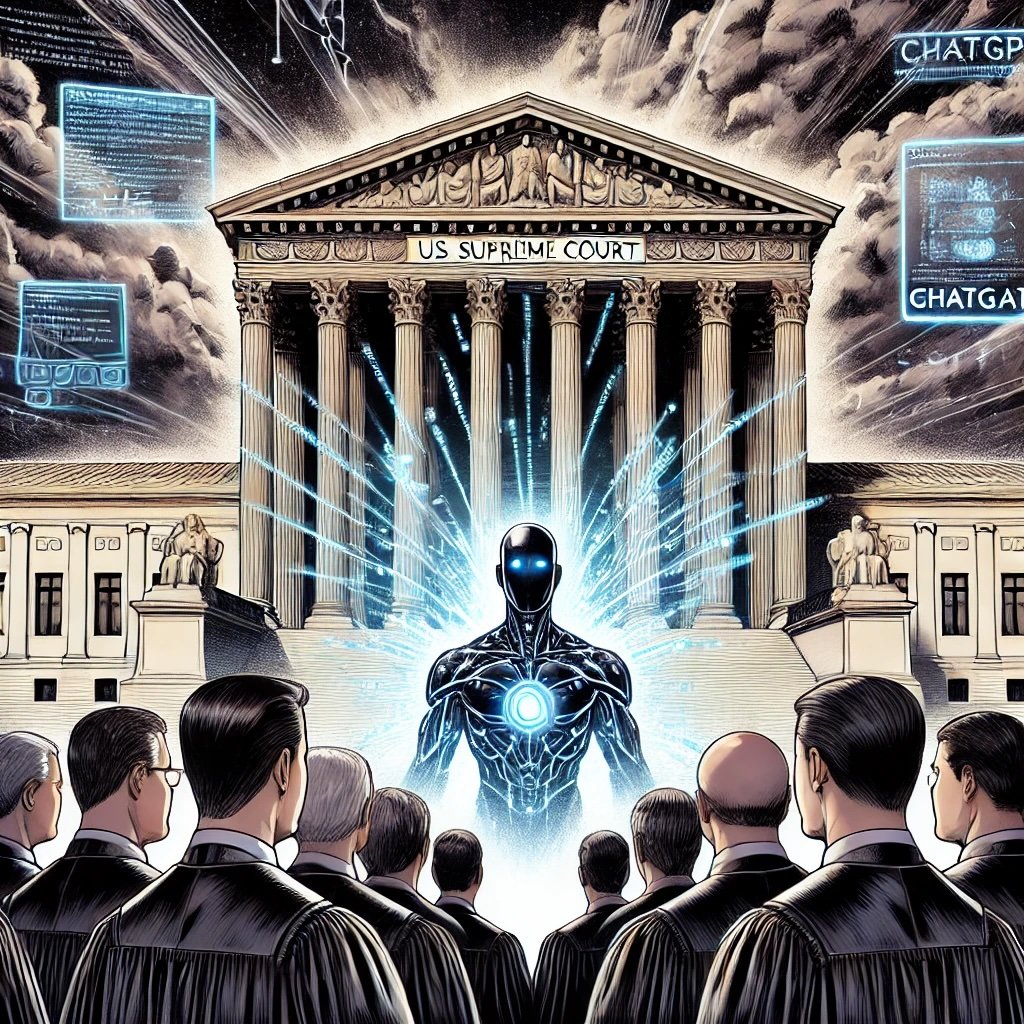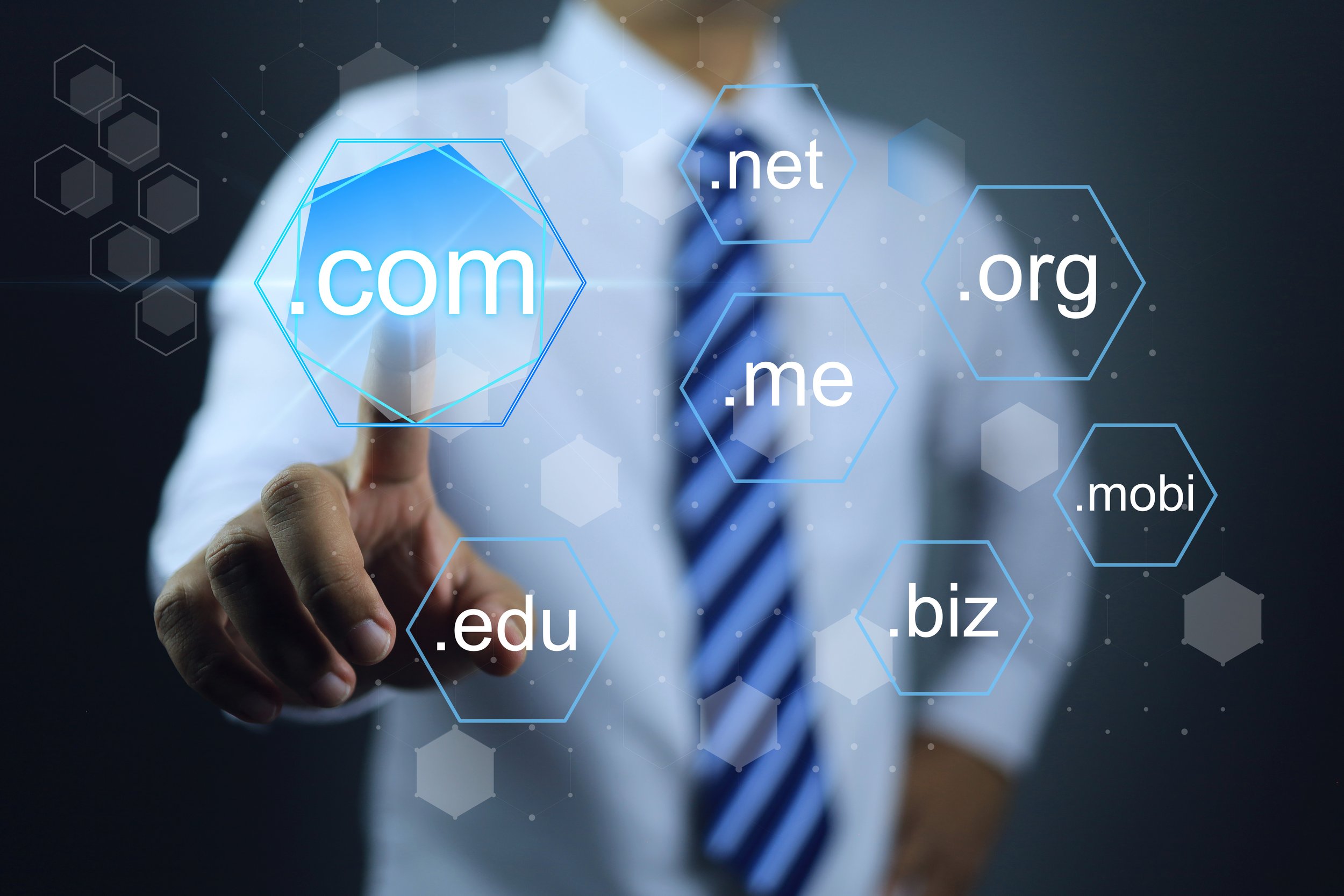MTC: Generative AI vs. Traditional Legal Research Platforms: What Modern Lawyers Need to Know in 2025 🧠⚖️
/In today’s ai world, you have to keep up to date on what is the best legal research platform.
We’ve been reporting on AI’s impact on the practice of law for some time now. And in today's rapidly evolving legal technology landscape, attorneys face a crucial decision: rely on cutting-edge AI language models or stick with established research platforms. The emergence of powerful generative AI tools has disrupted traditional legal research methods. Yet questions persist about reliability, accuracy, and practical application in high-stakes legal work.
The Power of AI in Legal Research 🚀
Generative AI has revolutionized how legal professionals conduct research. These systems can process vast amounts of information in seconds, draft documents, summarize cases, and provide quick answers to complex legal questions. The time-saving potential is enormous - what once took hours can now be accomplished in minutes.
AI language models excel at:
Producing initial legal research summaries
Analyzing contracts and identifying potential issues
Drafting first versions of legal memoranda
Summarizing lengthy case law
Answering straightforward legal questions
The efficiency gains are substantial. According to recent studies, AI tools can reduce contract analysis time by up to 70%. For time-pressed attorneys, this represents a significant competitive advantage.
Top Five AI Legal Research Tools 💻
CoCounsel fka Casetext- Built specifically for legal professionals, CoCounsel combines AI with a robust legal database to provide research assistance, document review, and contract analysis.
ChatGPT/Claude AI - General-purpose AI models that have shown remarkable capabilities in legal research. Claude 3 Opus is particularly notable, with Anthropic claiming it's "currently the best AI system for legal research".
Westlaw Precision with CoCounsel - Thomson Reuters has integrated AI into its flagship research platform, offering AI-Assisted Research, Claims Explorer, and AI Jurisdictional Surveys.
Lexis+ AI - LexisNexis's AI-powered solution that leverages the company's extensive legal database to provide research assistance and document analysis.
Perplexity AI - A newer entrant combining search engine capabilities with AI to provide cited legal research results and real-time dat.
Limitations of AI Legal Research Tools ⚠️
AI legal Research and “traditional” research methods are not an “either or” scenario - lawyers need to learn both and how to integrate the two in their legal research.
Despite their impressive capabilities, AI tools face significant challenges in the legal context. Most concerning is their tendency to "hallucinate" or generate false information. Stanford researchers found that legal models hallucinate in 1 out of 6 (or more) benchmarking queries.
General Limitations
Hallucinations and factual errors - AI systems regularly generate non-existent case citations and fabricate legal principles.
Confidentiality risks - Attorneys must ensure AI platforms don't retain client data or share it with third parties.
Limited jurisdiction coverage - Many AI tools prioritize federal and popular state jurisdictions while providing less reliable information for smaller jurisdictions.
Ethical compliance challenges - Bar associations increasingly require attorneys to supervise and verify AI-generated content.
Tool-Specific Limitations
ChatGPT/Claude: General-purpose models lack specialized legal databases and may mix laws from different jurisdictions.
CoCounsel: While powerful, it still requires attorney verification and has limitations in specialized practice areas.
Lexis+ AI: Users report it sometimes struggles with complex legal questions requiring nuanced analysis.
Westlaw Precision AI: Excellent integration with Westlaw's database but comes with significant cost barriers for small firms.
Perplexity AI: Newer platform with less established track record in complex legal research scenarios.
Traditional Legal Research Platforms: The Gold Standard 📚
Traditional platforms like LexisNexis, Westlaw, and Bloomberg Law remain essential tools for legal professionals. Their longevity stems from reliability, comprehensiveness, and editorial oversight.
General Strengths
Lawyers need to learn how to balance AI-based legal research with “traditional” legal research methods if they want to stay ahead of the competition!
Verified and authoritative content - Content undergoes editorial review and verification
Comprehensive case law coverage across jurisdictions
Established citation systems that courts recognize and trust
Advanced filtering and search capabilities refined over decades
Specialized practice area materials including forms and secondary sources
Platform-Specific Strengths
Westlaw: Exceptional KeyCite system for checking if cases remain good law and extensive practice guides.
LexisNexis: Strong integration with Microsoft tools and flexible deployment options via Azure.
Bloomberg Law: AI-powered Points of Law tool identifies the best case language for particular legal points.
vLex: Global coverage spanning over one billion legal documents from multiple jurisdictions.
Traditional Platform Limitations
Cost barriers - Enterprise-level pricing puts these tools out of reach for many small firms and solo practitioners
Steep learning curves - Complex interfaces require significant training
Slower adoption of new technologies compared to AI-native platforms
Limited natural language processing capabilities in traditional search functions
Time-intensive research processes even for experienced users
The Hybrid Approach: Best of Both Worlds 🔄
The most effective strategy employs both technologies strategically. AI can accelerate initial research and drafting, while traditional platforms verify accuracy and provide authoritative citations.
Practical Implementation Guidelines
Use AI for initial research exploration - Begin with AI to quickly understand the legal landscape and identify relevant areas of law.
Verify all AI-generated citations - Never submit work with AI citations without verification. Recent cases show attorneys facing sanctions for submitting fabricated AI case citations.
Employ traditional platforms for precedential research - Once you've identified the relevant area, use Westlaw or LexisNexis to find authoritative cases and statutes and make sure they are still current and have not been overturned.
Let AI summarize lengthy materials - Have AI tools condense long cases or statutes for initial review, then verify important sections in original sources.
Use AI to draft and traditional tools to check - Generate first drafts with AI, then verify legal principles using traditional research platforms.
Real-World Application Examples
Example 1: An attorney researching a novel contract dispute could ask Claude or ChatGPT to identify potentially applicable contract principles and relevant UCC sections. They would then verify these principles in Westlaw, finding precise precedential cases before crafting their argument.
Example 2: For a time-sensitive motion, a lawyer might use Westlaw Precision's AI-Assisted Research to draft initial arguments, then verify each citation and legal principle using traditional KeyCite features before filing.
Comparison of AI and Traditional Legal Research Platforms 📊
This table comparing AI and traditional legal research platforms was created (with the help of Perplexity.AI) using information from several authoritative sources, each providing key data points and comparative insights:
Efficiency and Speed: Legal AI research tools have made remarkable strides in efficiency over the past two years. According to the 2025 Vals Legal AI Report (VLAIR), leading AI platforms like Harvey, CoCounsel, and vLex Vincent AI now complete core legal research tasks six to eighty times faster than human lawyers, often delivering results in under a minute. The 2025 Thomson Reuters “Future of Professionals Report” projects that AI-driven solutions will free up an average of four hours per week for each legal professional, translating to substantial productivity gains. Recent surveys by the ABA and Bloomberg Law further confirm that AI-powered platforms such as Westlaw Edge, Lexis+ AI, and Casetext routinely reduce research and document review times by 50–80%, turning what used to be hours of work into minutes. These findings underscore why over half of legal professionals now cite “saving time and increasing efficiency” as the primary benefit of adopting AI in their legal research workflows.
Accuracy and Citation Reliability: While AI tools can provide quick answers, they are prone to hallucinations-producing incorrect or fabricated information. A Stanford study found that Lexis+ AI and Ask Practical Law AI produced incorrect information more than 17% of the time, with Westlaw’s AI-Assisted Research hallucinating over 34% of the time. This directly informed the “Accuracy” and “Citation Reliability” rows in the table, showing that traditional platforms still offer higher reliability.
Coverage and Content Breadth: Traditional platforms like Westlaw and LexisNexis offer vast, comprehensive databases-Westlaw, for example, provides access to over 40,000 databases, and LexisNexis over 10,000-covering statutes, case law, and secondary sources. This justifies their higher ratings for “Jurisdiction Coverage” and “Comprehensive Content.”
Learning Curve and Workflow Integration: AI tools are generally easier to use and require less training, while traditional platforms have steeper learning curves but offer more robust workflow integrations and practice-specific resources.
Cost and Accessibility: AI tools are often more cost-effective and accessible, especially for smaller firms, whereas traditional platforms can be prohibitively expensive but provide unmatched authority and editorial oversight.
Court Acceptance and Confidentiality: Traditional platforms are recognized and trusted by courts, with established citation systems, while AI-generated citations require verification due to risks of hallucination and confidentiality concerns.
Final Thoughts: Strategic Integration is Key 🔑
The question isn't whether to choose AI or traditional platforms, but how to strategically integrate both. Legal professionals who master this hybrid approach gain efficiency without sacrificing accuracy.
AI excels at speed, summarization, and generating starting points for research. Traditional platforms provide reliability, authority, and comprehensive coverage essential for legal practice. Together, they form a powerful toolkit for the modern attorney.
As AI technology continues to improve, we can expect greater integration between these systems. The most successful legal professionals will be those who understand the strengths and limitations of each tool and deploy them strategically to serve their clients' needs.
For now, traditional research platforms remain essential while AI serves as a powerful complement. The future belongs to those who can harness the strengths of both.
